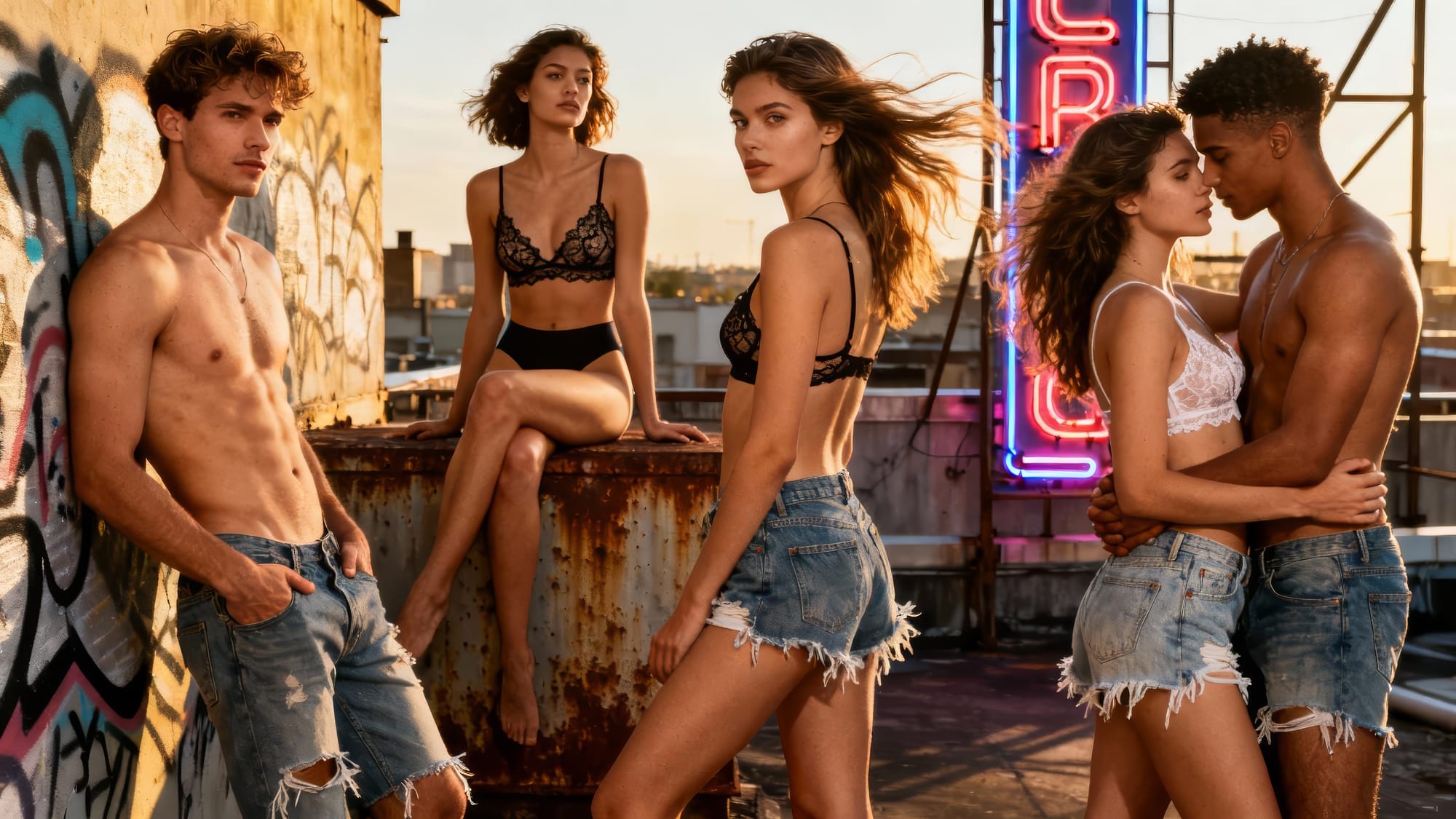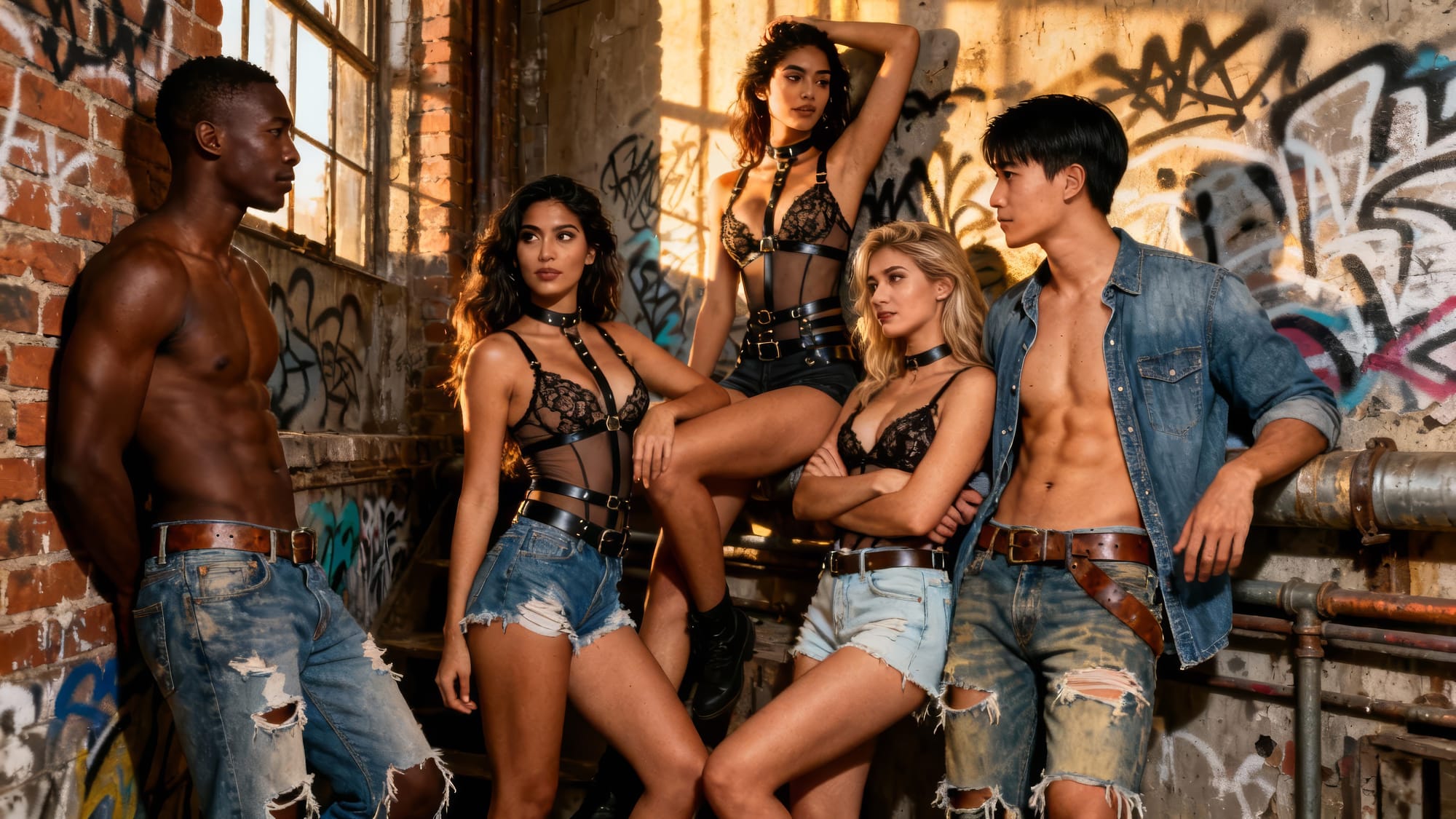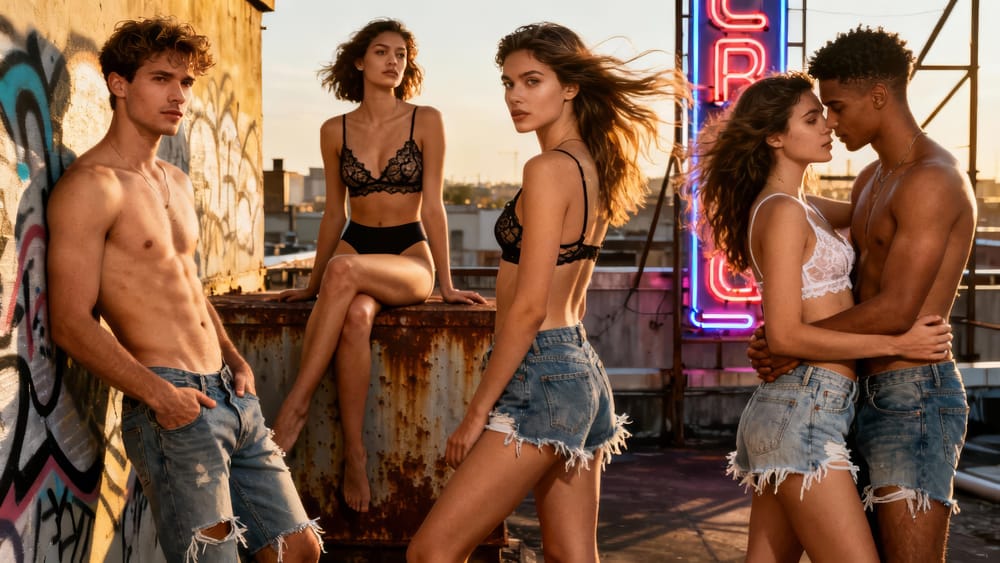Gender Inclusivity: What Are Your Pronouns?

People often mistake conversations about pronouns and inclusivity as a modern thing. In fact, one of the arguments used ad nauseam by people who disrespect others’ pronoun choices is that “he” and “she” have always been enough until now.
It’s not true. Neopronouns have been around for centuries, although the term “neopronouns” didn’t exist back then. While originally, attempts to introduce more pronouns started in a slightly different context, at their heart, they’ve always been about visibility, inclusivity, and human rights.
In this article, we’ll explore what gender pronouns are, why they matter, and how we can all contribute to a more inclusive environment, even through the smallest of words.
Understanding Pronouns
Gender pronouns are the words we use to refer to someone in place of their name. Although at first glance, their usage may seem a question of grammar or etiquette, it is fundamentally about identity.
Traditionally, English grammar was not particularly flexible about pronouns, maintaining a polar binary system: he/him for men and she/her for women. These categories, however, don’t reflect the full spectrum of human experience.
For many people, binary pronouns simply don’t align with their gender identity. That's why singular "they" and neopronouns are not a trend or linguistic fad but a recognition of long-ignored human needs.
Using the right pronouns signals that we see people as they are. No matter the type of environment — work, school, health facilities, or public institutions — inclusivity ensures that individuals of all gender identities are treated with dignity.
Examples of Pronouns
- He/Him/His – traditionally used for someone who identifies as male. Example: Taylor brought his dog to the office.
- She/Her/Hers – traditionally used for someone who identifies as female. Example: Ana told us about her recent vacation.
- They/Them/Their – often used by people whose identity lies outside the gender binary. They are also used when identity is unknown. Example: Robert said they would join us later.
- Neopronouns – as a gender-neutral option, they occupy a unique niche serving people who do not identify with a particular gender or prefer not to state their gender identity. These include sets like:
- Ze/Zir/Zirs Example: Ze left zir bag in the room.
- Xe/Xem/Xyr Example: Xe got a very exciting job offer.
Others include ey/em/eirs, fae/faer/faers, and more.

A Brief History: When “He” Meant “Everyone”
It’s important to recognize that the conversation around pronouns is neither new nor grammar-related. For centuries, English pronouns were used to reinforce systemic inequalities. That had nothing to do with linguistics.
Historically, “he” was treated as the so-called “universal” pronoun in legal, academic, and political texts. Grammarians and government officials claimed that “he” included both men and women, but only when it was convenient. For instance:
- When women were denied the right to vote, courts and lawmakers argued that “he” referred only to men.
- When women were subject to laws or punishments, “he” magically expanded to include them.
This selective interpretation obviously benefited patriarchal systems, allowing the exclusion of women from civic participation while still holding them accountable. And that's when pronouns stop being a matter of linguistics and become a tool of control.
Why It’s Important to Ask and Share Pronouns
Pronouns are more than grammatical tools. They are personal. As much as genderqueer pronouns may seem foreign to some people, adopting them universally is the most direct way to affirm someone's identity. Which everyone should have a right to.
Affirming Identity and Showing Respect
When someone shares their pronouns with you, they’re sharing something meaningful. Using those pronouns correctly is the least we can do to make them feel safe, seen, and accepted.
For cisgender people, the situation where they are denied their identity is unimaginable. Yet, for people who are trans, non-binary, or gender-nonconforming, it's a daily struggle.
The Harm of Misgendering and Assumptions
Honest mistakes happen and still do their damage. However, misgendering is often of a permanent nature: People consistently use incorrect pronouns. The message is quite simple here. It's a lack of respect.
Assuming someone’s pronouns based on appearance, name, or voice also reinforces stereotypes. The simplest solution is to ask a person about their pronouns directly. That said, we must be mindful of our surroundings and ensure we don't put anyone in danger, even with the best intentions at heart.
Creating Inclusive Environments
Sharing pronouns as well as asking for them are simple practices that can:
- Encourage open dialogue and reduce stigma
- Support emotional well-being of gender-diverse individuals
From putting pronouns in work messenger profiles to including them in health records, these small acts of recognition can have a profound impact.
In short, pronouns aren't about being “woke.” And they shouldn't be about complying with policies at work in fear of losing a job. They’re about being considerate and respectful and making your contribution to a more just, empathetic world.
Conclusion: Words That Welcome
Albeit small, pronouns carry enormous meaning, defining how we recognize one another’s existence. When we use someone’s correct pronouns, we’re doing more than speaking accurately. We’re showing them respect, validating their identity, and contributing to a culture where everyone has the space to be seen and heard.
Inclusion isn’t a passive process; it’s something we actively create. Each action, whether it's sharing your own pronouns or asking others, helps change our society for the better.
Discover your true self on Stripchat.com, where authenticity isn't just welcomed, it's celebrated. Here, you have the freedom to be unapologetically YOU. Choose the pronouns that resonate with your identity. Express yourself without limits or judgment.
Immerse yourself in our vibrant, global community that embraces open-mindedness and genuine connection. This is more than a platform — it's a sanctuary where diversity thrives and every voice matters.




